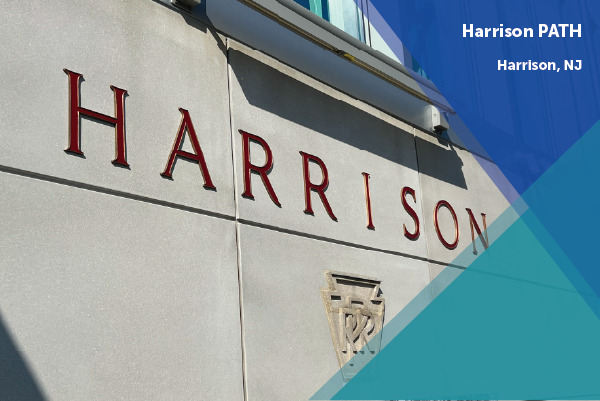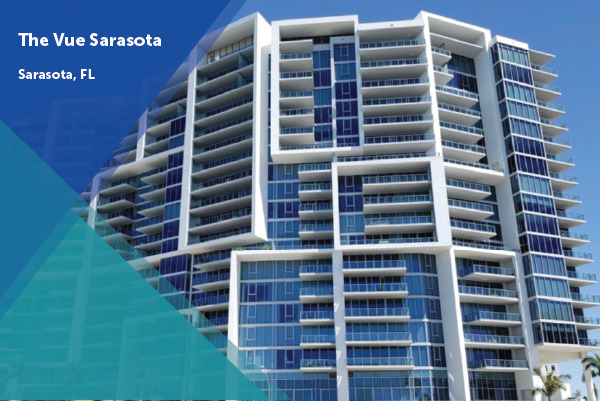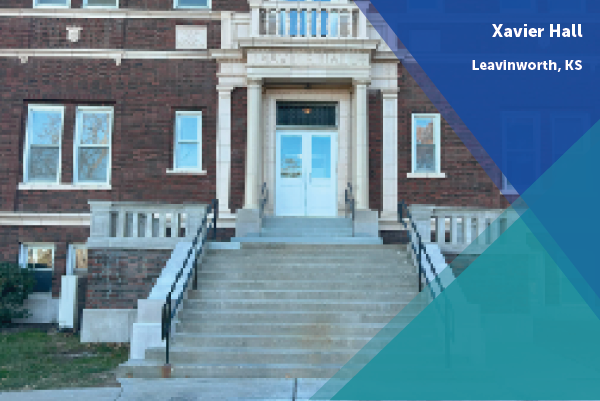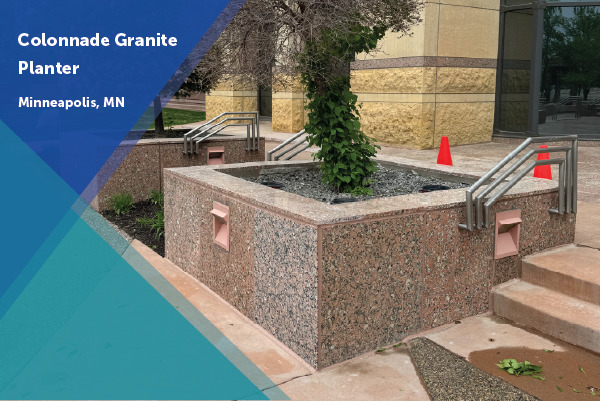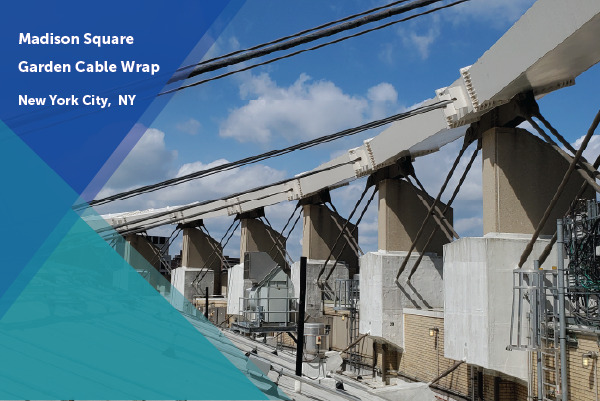In the Fall of 2022, Western’s NYC Metro branch was hired as a subcontractor to Conti Civil to restore a handful of historic elements as part of the … [Read more...] about Harrison PATH | Harrison, NJ
The Vue Sarasota | Sarasota, FL
Western Specialty Contractors’ Orlando, FL Branch Office recently completed waterproofing and façade repairs as part of ongoing maintenance at Vue Sarasota Bay … [Read more...] about The Vue Sarasota | Sarasota, FL
University of Saint Mary – Xavier Hall | Leavinworth, KS
Western Specialty Contractors’ historic restoration experience was tested on a recent project to restore the entrance to Xavier Hall at the University of Saint … [Read more...] about University of Saint Mary – Xavier Hall | Leavinworth, KS
Colonnade Granite Planter | Minneapolis, MN
Western Specialty Contractors’ Minneapolis, MN Branch recently completed a project to repair an original granite planter at the Colonnade Office Tower in Golden … [Read more...] about Colonnade Granite Planter | Minneapolis, MN
Selma Union Station | Selma, NC
Western Specialty Contractor’s Charlotte, NC branch recently completed improvements to the historic Selma Union Station in Selma, NC, which included replacing … [Read more...] about Selma Union Station | Selma, NC
Madison Square Garden Cable Wrap | New York, NY
Western Specialty Contractors' NYC Metro Branch successfully completed a technically complex waterproofing project on the steel roof cables that suspend Madison … [Read more...] about Madison Square Garden Cable Wrap | New York, NY

